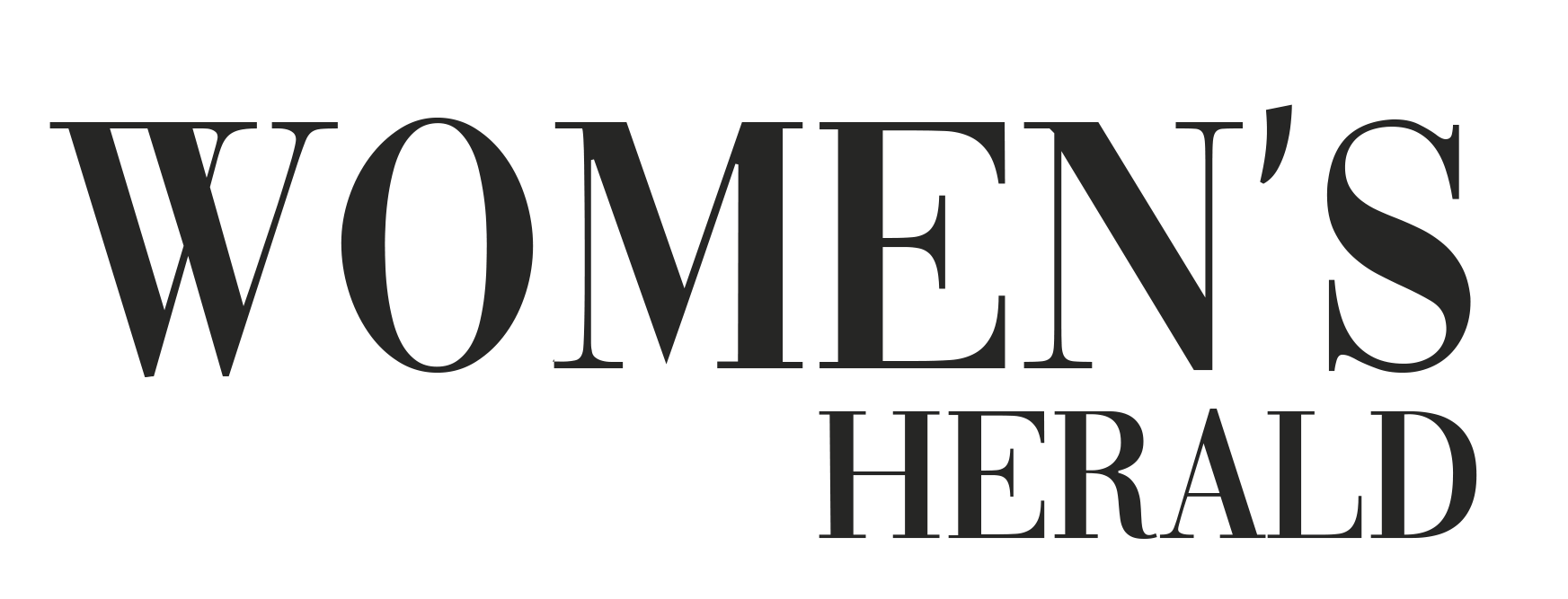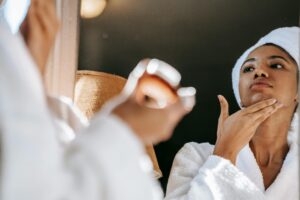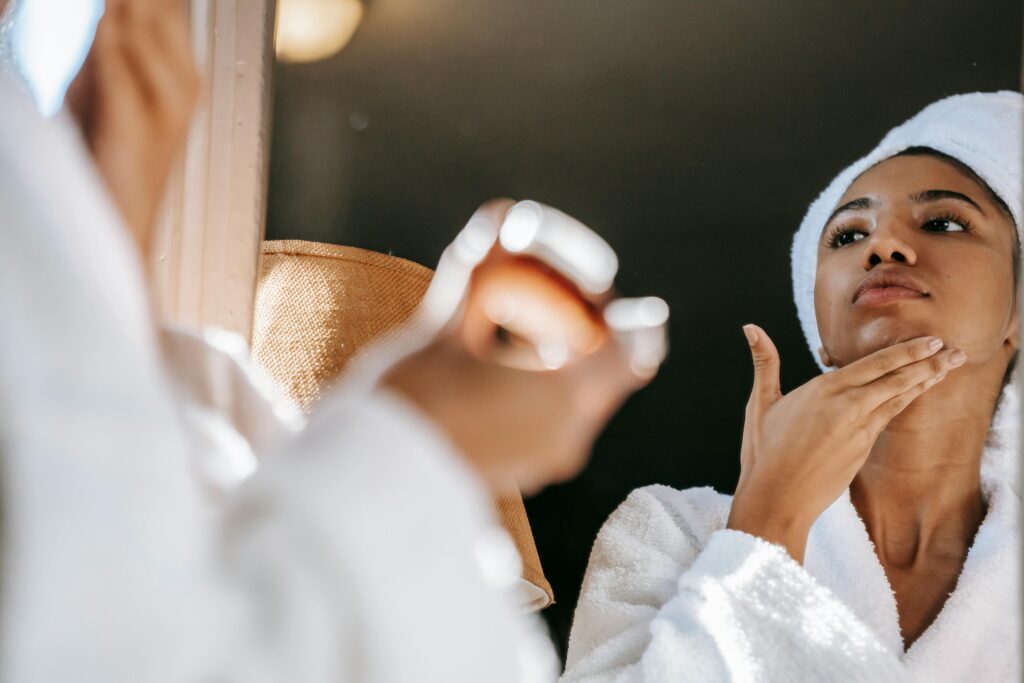In today’s society, the concept of femininity is often intertwined with certain beauty standards and grooming expectations. From flawless skin to perfectly styled hair, women are bombarded with images and messages that suggest they must adhere to a certain aesthetic to be considered attractive or desirable. However, what many fail to realize is the significant financial burden that comes with meeting these expectations.
The pressure to conform to societal beauty norms starts early for many women. From adolescence, girls are inundated with advertisements promoting skincare products, makeup, and hair treatments that promise to enhance their appearance. As they grow older, these messages only intensify, leading many women to spend a significant portion of their income on beauty and grooming products.
One of the most significant expenses for women is skincare. The beauty industry capitalizes on women’s desire for flawless, youthful skin, marketing a myriad of products promising to deliver miraculous results. From cleansers and moisturizers to serums and masks, the options are endless – and so are the costs. High-end skincare brands often come with a hefty price tag, making it challenging for women on a budget to afford these products.
Makeup is another area where the financial burden of femininity becomes apparent. While makeup can be a form of self-expression for many women, it can also be a costly endeavor. From foundation and concealer to eyeshadow palettes and lipsticks, building a makeup collection can quickly add up. And with new beauty trends constantly emerging, many women feel pressured to continually update their makeup arsenal to stay current.
Haircare is yet another expense that women face in their quest to meet societal grooming standards. Whether it’s regular salon visits for cuts and color treatments or investing in high-quality hair products, maintaining healthy and stylish hair can be a costly endeavor. Additionally, the pressure to have long, luscious locks can lead some women to invest in hair extensions or other hair-enhancing treatments, further adding to the financial burden.
The cost of grooming doesn’t stop at skincare, makeup, and haircare – it extends to other areas as well. From manicures and pedicures to waxing and hair removal treatments, the expenses can quickly add up. Even seemingly small purchases, like razors and shaving cream, can become significant over time.
But the financial burden of femininity goes beyond just the cost of products and treatments – it also includes the opportunity cost of the time and energy women invest in their appearance. The hours spent applying makeup, styling hair, and grooming can detract from other pursuits, such as education, career advancement, and leisure activities.
Moreover, the pressure to conform to beauty standards can have long-term financial consequences for women. Studies have shown that attractive individuals are more likely to be hired and promoted in the workplace, leading some women to feel compelled to invest even more in their appearance to compete professionally. This can create a vicious cycle where women feel pressured to spend more money on grooming to advance their careers, further exacerbating the financial burden.
In conclusion, the cost of femininity is a complex and multifaceted issue that extends far beyond just the price of beauty products. From skincare and makeup to haircare and grooming treatments, women face significant financial pressure to meet societal beauty standards. Moreover, the time and energy invested in maintaining a certain appearance can have long-term implications for women’s finances and opportunities. As we strive for greater gender equality, it’s essential to recognize and challenge the financial burden that grooming expectations place on women, and work towards a more inclusive and accepting definition of femininity.










